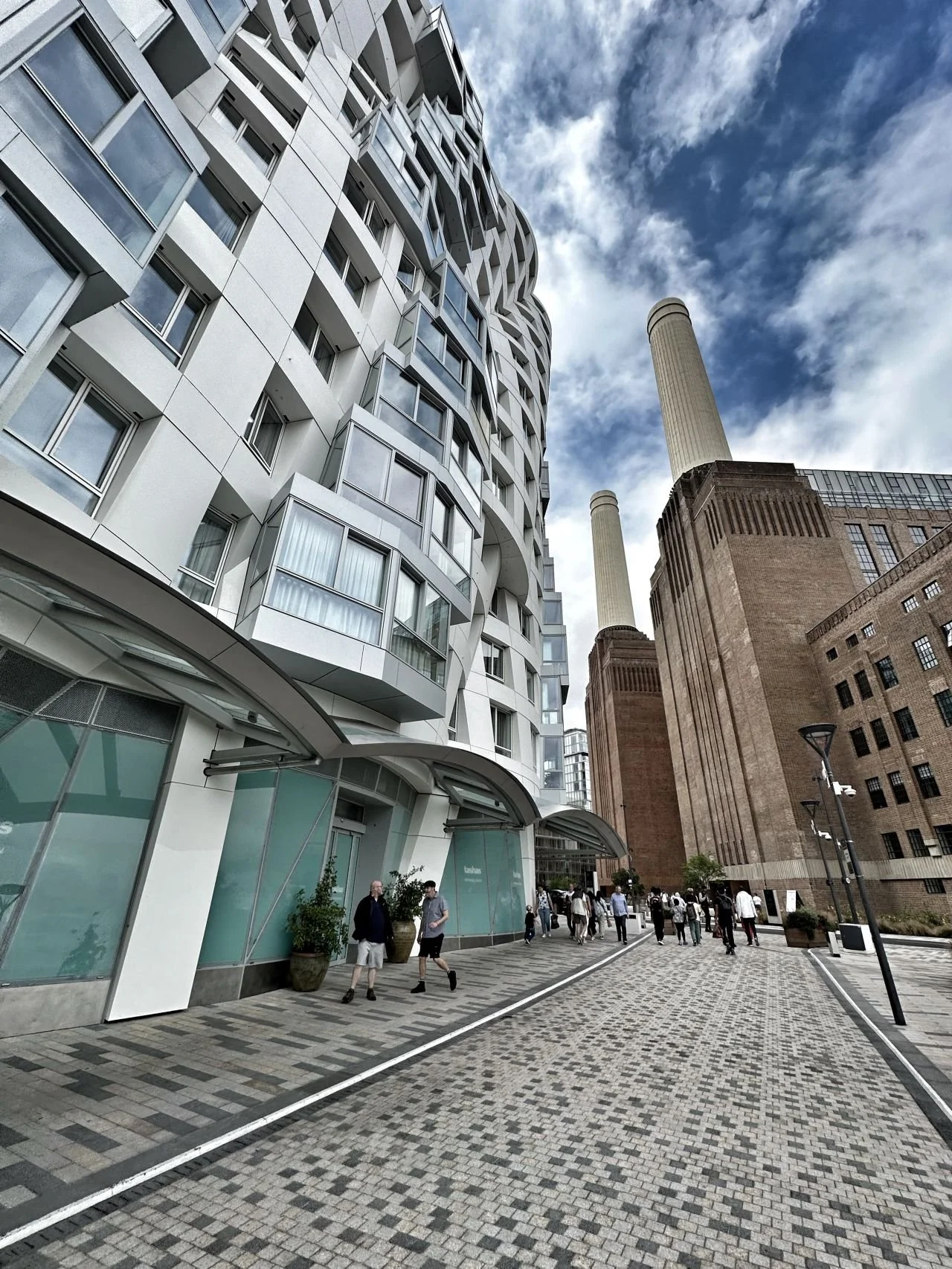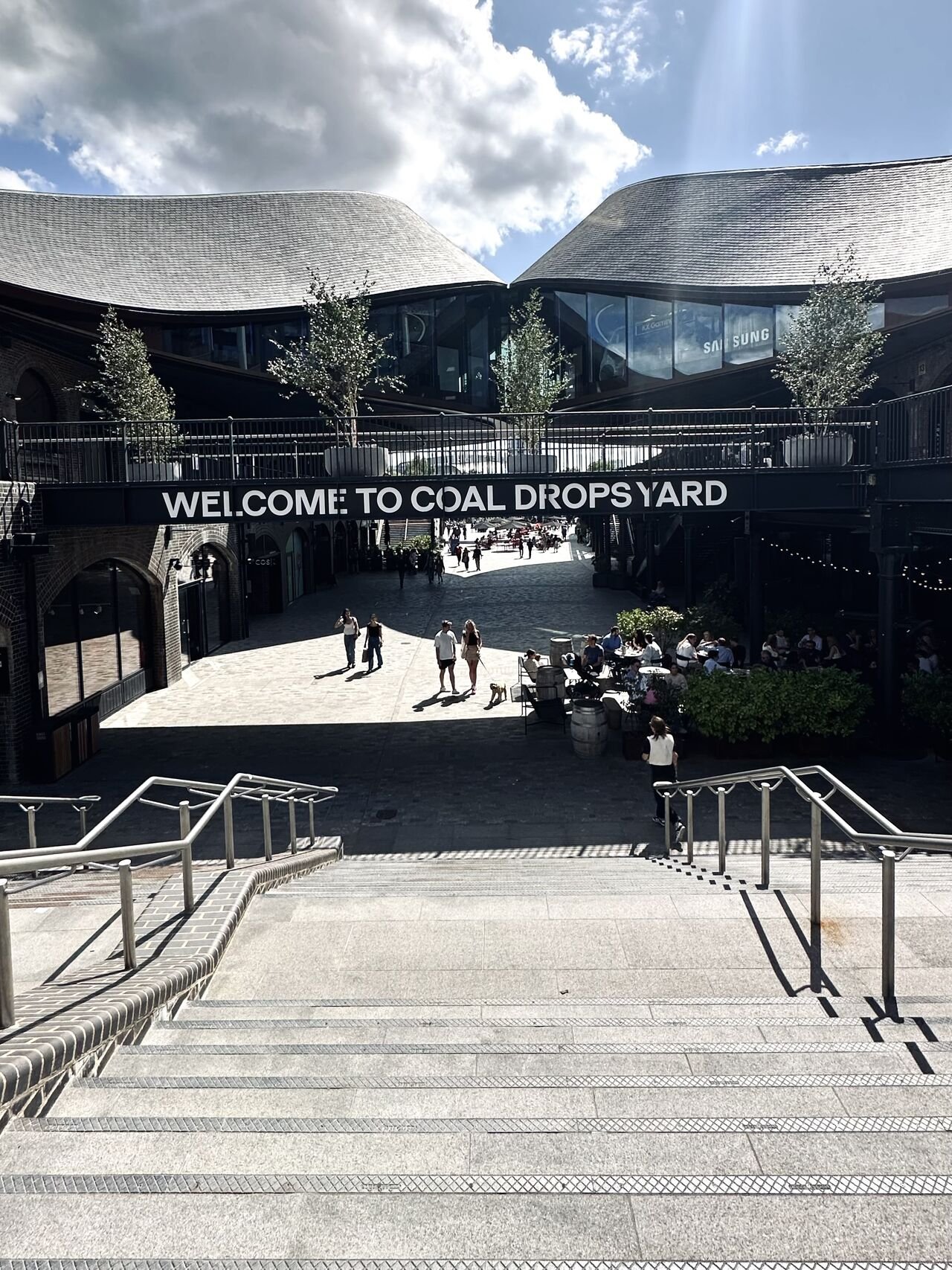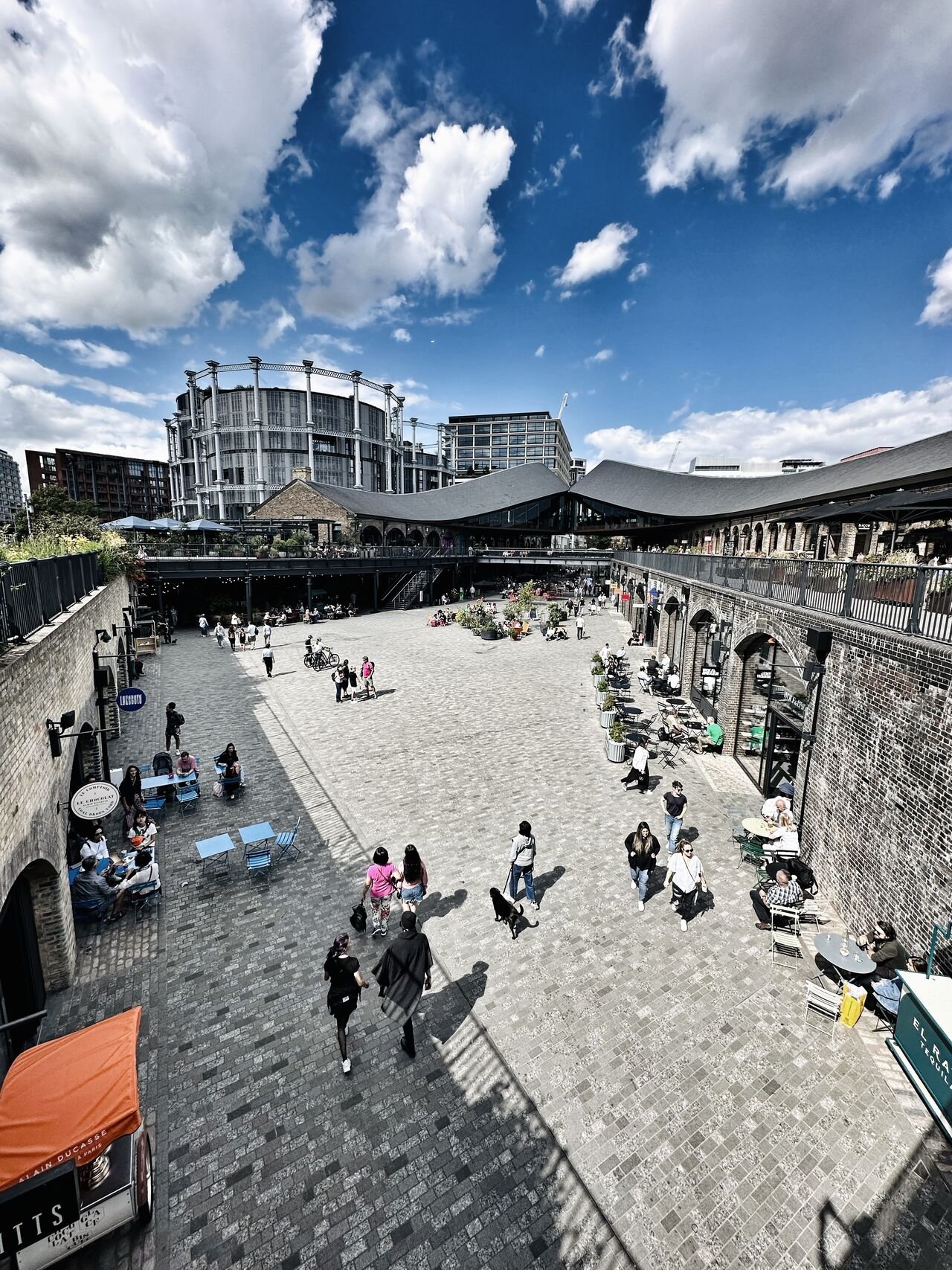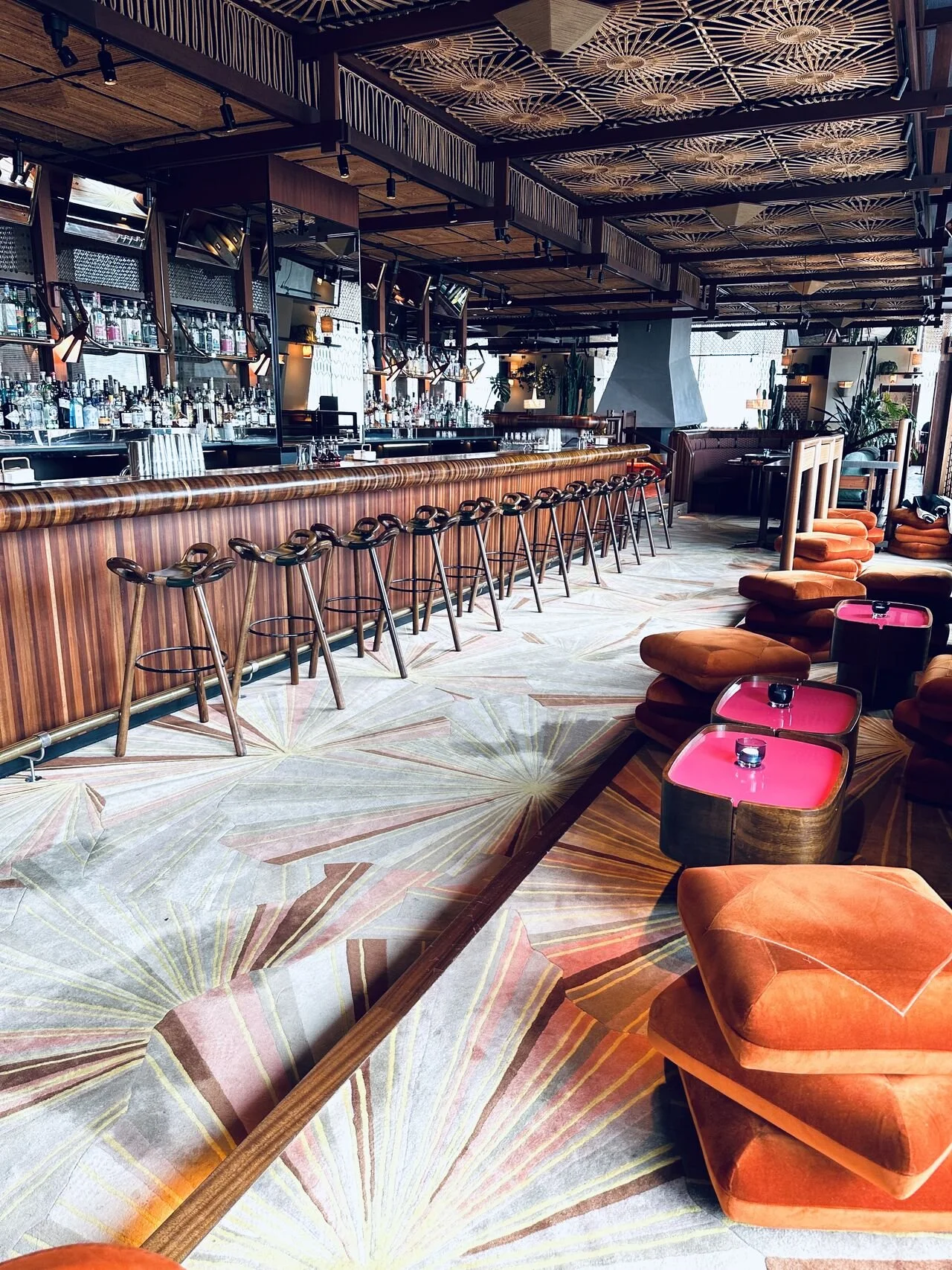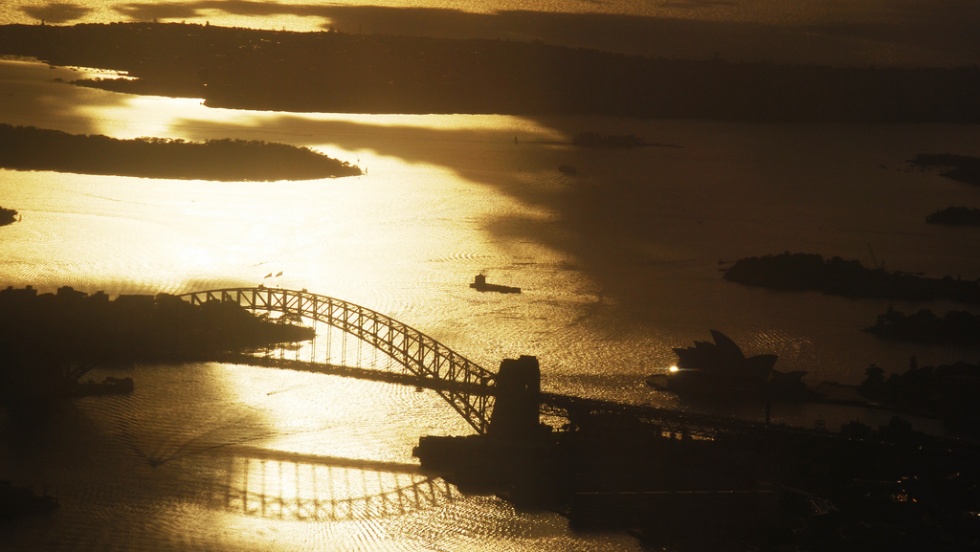But none of this is any surprise. Explaining that climate change was “absolute crap” in 2010, Tony Abbott’s inability to understand science has been evident for a long time. Sadly, a combination of agenda-driven media, a fragmented Australian Labour Party and ignorance amongst many voters, has produced a less than desirable election outcome for progressive Australians.
What does this mean for the future of Australia?
The election of Abbott is shameful. But I believe it also acts as an opportunity for aggressive grassroots political action. As Jonathon Porritt explains in his new book, The World We Made(Alex McKay’s Story from 2050), creating a sustainable future is not just about technology, but also about political protest.
For the most part, I think Australians are well-informed, proactive and forward thinking. Many do not believe they are immune to global issues. And many have not become complacent with oversized bank accounts from the resource boom. For most Australians, now is the time to stand up to the ignorance and dogma that run deep in Australian politics and media.
We can take comfort in the knowledge that this has happened before. In retaliation to the increasingly neoliberal policies of the 1970s, the Green Bans social movement saved neighbourhoods, parks, waterways and forests across the country. The campaigns also sparked government reform and new environmental legislation. Reaction to the Abbott-era is likely to have a similar outcome.
Retaliation has already begun.
Just hours after the new government announced that it would dismantle the government’s Climate Commission - led by renowned scientist Tim Flannery - there was widespread public outcry. With a “groundswell of support”, as Flannery has called it, the group was rejuvenated with private sector funding and public donations. Having already raised $1 million through crowd-funding, the renamed independent “Climate Council” is now looking to expand its research base.
The inability for scientific logic to infiltrate political reasoning has left Australia pursuing disgraceful policies. In doing so, the country has opened itself up to scrutiny from the global community.
I have no doubt that this scrutiny will spark Australians to have intelligent conversations about the future of the country. It will also force Australians to stand up to the immoral policies being pursued by the new government.
Just like the ‘shocks to the system’ that pepper The World We Made, Tony Abbott may be just the political wakeup call that the country needs.
This article was initially written as an opinion piece for Forum for the Future, here.



